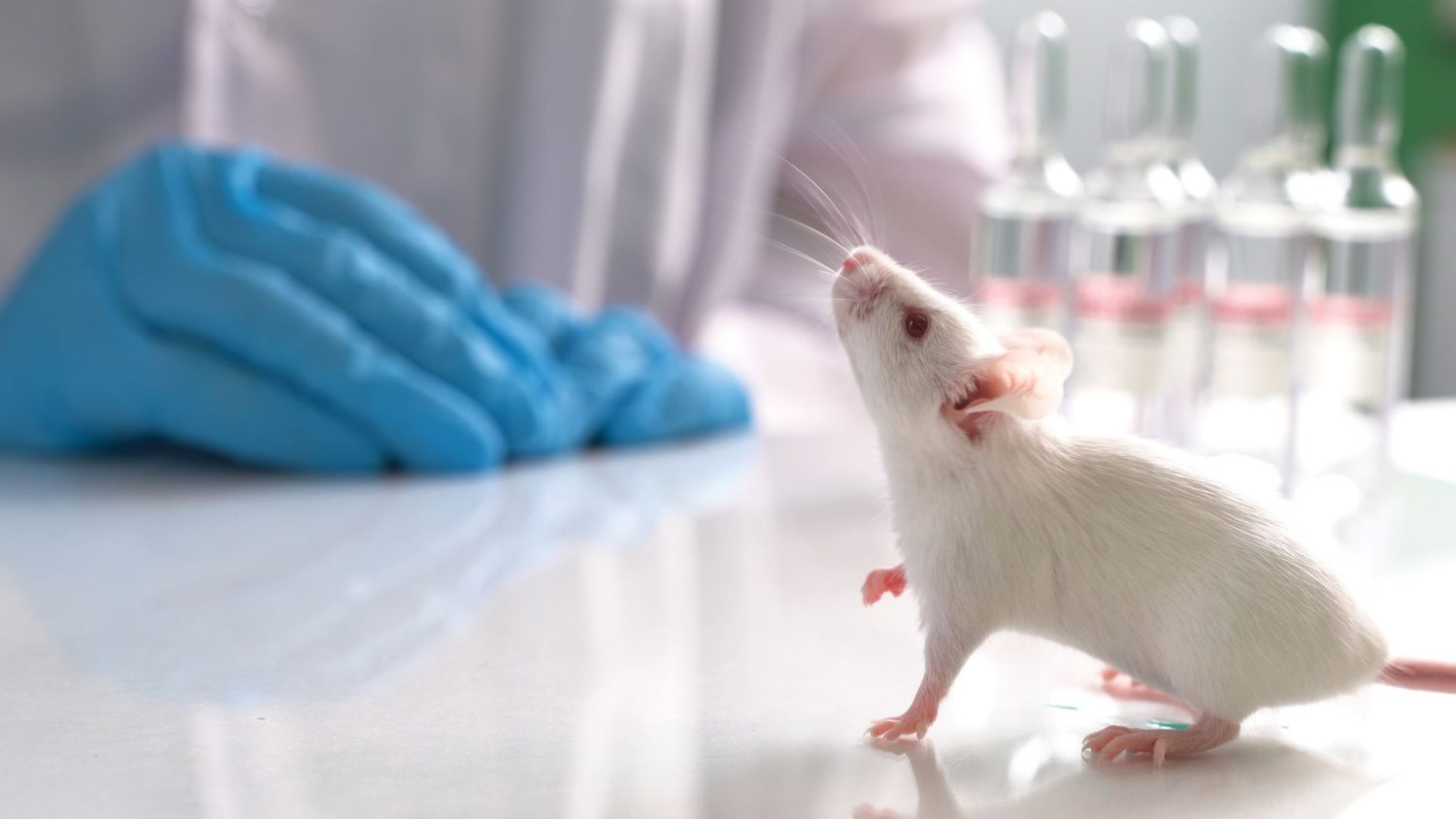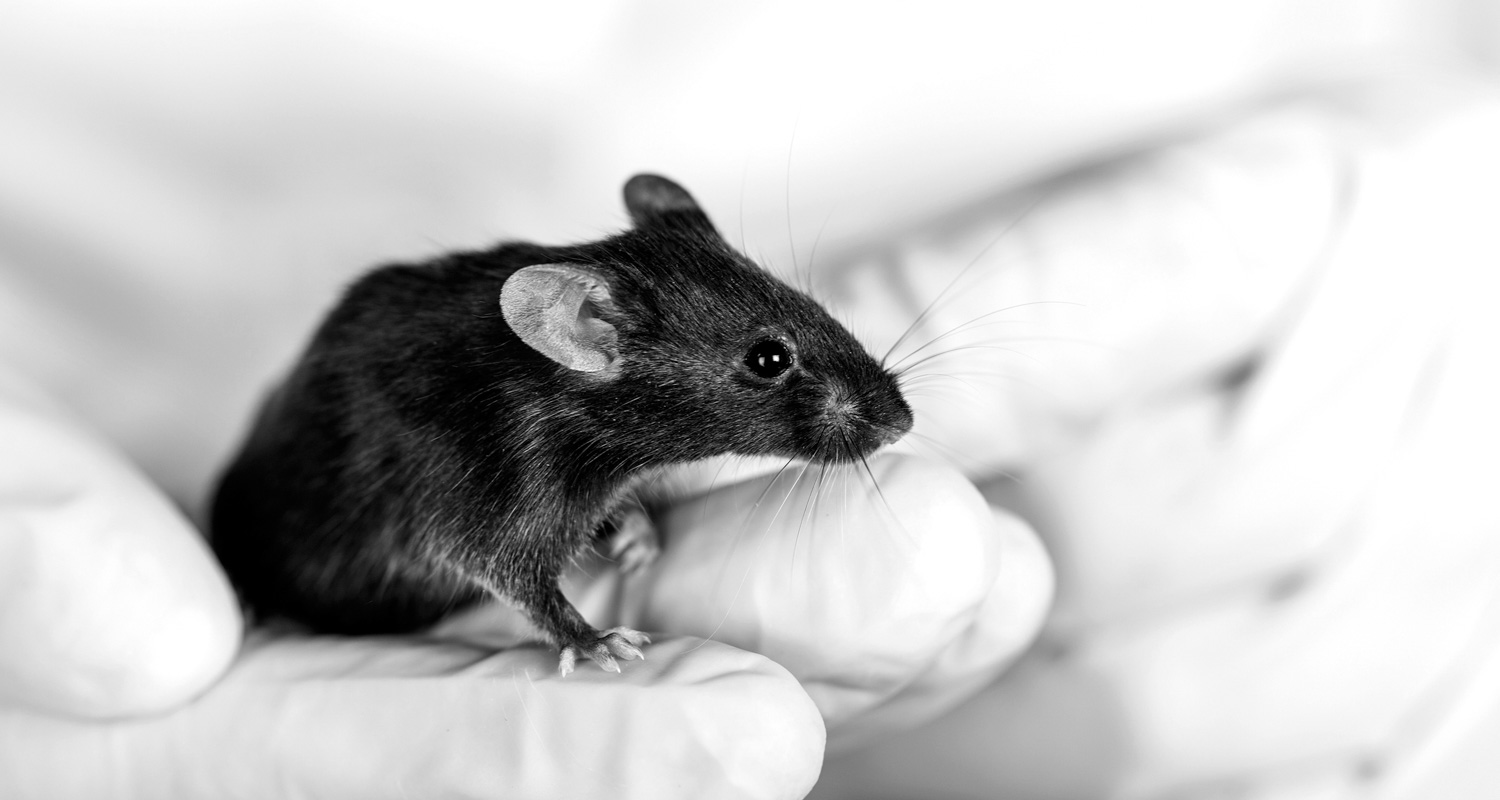Despite being one of the most frequently anesthetized species in biomedical research, mice continue to receive lower-quality anesthesia care compared to larger species. The recent Allentown webinar, “Elevating Mouse Anesthesia to the Quality of Our Other Species: Lessons from the Last Four Years of Research,” presented by James Marx, DVM, PhD, DACLAM from the University of Pennsylvania, tackled this critical issue head-on. It did an excellent job exploring how to elevate mouse anesthesia in lab animal research.
For years, mouse anesthesia has been treated to an end rather than a focal point of research. The challenges of anesthetizing such a small species—paired with the lack of high-quality anesthetic protocols—have contributed to outdated and inconsistent practices. This webinar highlighted groundbreaking research from the past four years, offering insights into improving anesthetic dosing, monitoring, and supportive care for mice in research settings.
Why Is Mouse Anesthesia Lagging?
In our webinar, Dr. Marx underscores the significant risks associated with mouse anesthesia:
- Too deep → Increased mortality
- Too light → Pain and distress
- Uncontrolled variables → Impact on research outcomes
Unlike larger species, where advanced monitoring, tailored dosing, and supportive care are standard, mouse anesthesia remains rudimentary. Researchers often act as both surgeons and anesthetists, making it difficult to ensure precise anesthetic control. Additionally, the high metabolic rate of mice, variability between animals, and the challenges of intraperitoneal drug administration further complicate anesthesia protocols.

Key Takeaways: Improving Mouse Anesthesia
1. Refining Anesthetic Protocols for Mouse Anesthesia in Animal Research
Recent research has introduced improved inhalant and injectable anesthetic protocols tailored for mice. Isoflurane remains a preferred option, but alternative agents like sevoflurane and alfaxalone are being explored for better safety and efficacy.
2. Take Pre-Emptive Analgesia Measures
Pain management shouldn’t start after surgery—research shows that pre-emptive analgesia significantly improves outcomes. Buprenorphine, particularly in extended-release formulations, has proven effective in providing long-lasting pain relief without significant respiratory depression.
3. Enhanced Monitoring and Care for Mouse Anesthesia
Without proper monitoring, anesthesia-induced complications can go unnoticed in mice. New best practices include:
- Monitoring respiratory rate and body temperature
- Using oxygen supplementation during anesthesia
- Implementing warming techniques to prevent hypothermia
- Assessing the plane of anesthesia with accurate noxious stimuli
4. Considering Mouse Strain and Sex Differences
One of the most overlooked aspects of mouse anesthesia is how different strains and sexes respond to anesthetic agents. Female mice, for example, are more resistant to inhalants due to testosterone-mediated differences seen in males. Ensuring that anesthesia protocols account for these variables is key to more reliable and reproducible results in research.
5. Addressing Recovery and Reversal Care
Anesthetic recovery is often an afterthought in mouse research. Dr. Marx emphasized the need for better post-anesthesia care, including fluid administration and reversal agents like atipamezole, flumazenil, and naloxone.
Future Directions: What’s Next in Mouse Anesthesia in Lab Animal Research?
The next frontier in mouse anesthesia research includes:
- Optimizing neonatal mouse anesthesia protocols
- Testing under real surgical conditions
- Developing new multimodal anesthesia techniques
- Reducing waste anesthetic gas exposure
Elevating mouse anesthesia to the standards of larger research species isn’t just about refining techniques, it’s about enhancing the quality of biomedical research. By addressing these critical gaps, we can ensure better welfare for research animals and more reliable scientific outcomes.

Want to Learn More?
Missed the webinar? Watch the full recording and explore additional educational resources: https://blog.allentowninc.com/webinars/
For a deeper dive into pain management in lab animal research, check out our expert guide on designing the best analgesic plan for research animals: Expert Tips for the Best Analgesic Plan in Animal Research.

